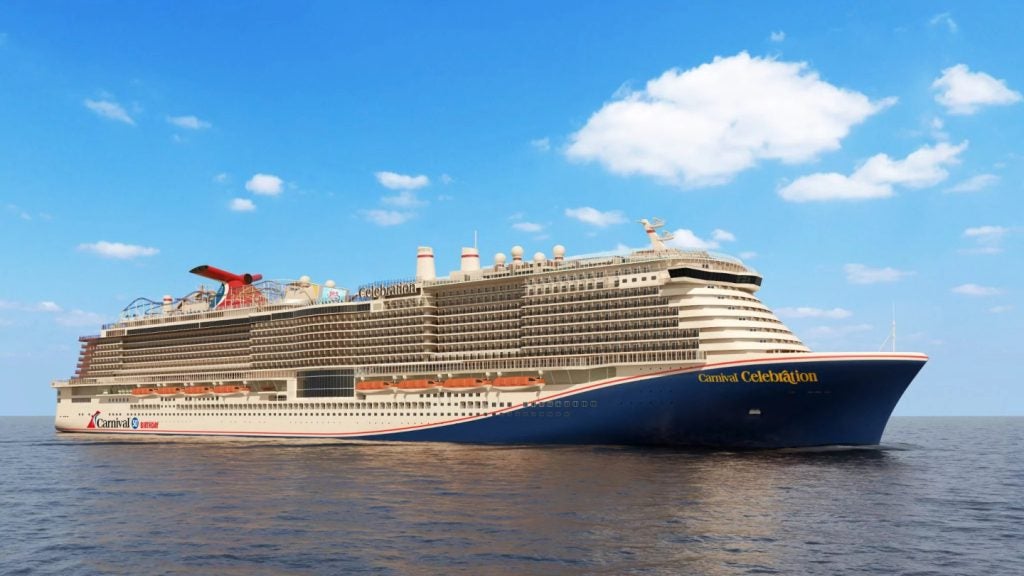Hrönn is an autonomous offshore support vessel currently being developed by Kongsberg Maritime and Automated Ships in collaboration with BOURBON. Scheduled to enter service in 2018, the ship will serve the offshore energy, scientific / hydrographic and offshore fisheries industries.
The autonomous vessel can be deployed in a range of missions, including a survey, remotely operated vehicle (ROV) and unmanned underwater vehicle (UUV) operations, touch-down monitoring, transportation of light intermodal cargo to offshore installations, and open-water fish farm support.
Hrönn will also serve as a standby vessel to provide fire-fighting support to offshore platforms, while operating in line with manned vessels. The autonomous vessel is expected to revolutionise the marine industry by reducing the cost of construction and operations, while avoiding the deployment of personnel in hazardous environment of at-sea operations.
Hrönn development details
Automated Ships and Kongsberg Maritime signed a memorandum of understanding (MoU) to construct the world’s first unmanned and fully autonomous ship in November 2016.
BOURBON signed a MoU with Automated Ships in July to support the construction of the autonomous vessel in association with Kongsberg. BOURBON, along with Automated Ships, will also find the sponsors to fund the construction of the prototype.
Automated Ships is responsible for the design, construction and operation of the ship for commercial deployment in the North Sea, Gulf of Mexico and West Africa.
Kongsberg, as a primary technology partner, will provide all major marine equipment and systems required for the design, construction and operation of the vessel.
The sea trials of the vessel will be conducted in Norway’s officially designated automated vessel test bed located in the Trondheim fjord. The test bed was opened in September 2016.
The trials will be performed under the supervision of DNV GL and the Norwegian Maritime Authority (NMA). Hrönn will be classed and flagged upon the completion of the sea trials.
Design of Hrönn autonomous offshore support vessel
The light-duty utility vessel will sail as a remotely controlled and monitored platform in man-on-the-loop control mode. The operator can develop control algorithms during the remotely piloted operations to transform the vessel into a fully automated ship to conduct autonomous operations.
The project leverages the advanced technology and systems to create a modern, flexible and cost-effective platform. The ship will have a length of 37m and will offer enough deck space to carry containers on-board.
The original hull design of the vessel has been optimised by Automated Ships since the launch of the project. The mono-hull vessel will be of steel construction to deliver more payload capacity and flexibility to support a wide range of missions.
Command and control systems onboard Hrönn
The vessel will feature dynamic positioning (DP) and navigation, satellite and position reference, marine automation and communication systems being supplied by Kongsberg.
The K-Pos DP system will be integrated with the K-Chief automation system. The K-Pos DP system will include a dual DP controller unit and operator stations.
The ship will also be equipped with the K-Bridge electronic chart display and information system (ECDIS). The K-Bridge system will be replicated at an onshore control centre (OCC) to enable the full remote operations of Hrönn. It will enable the operator to perform route planning and monitoring by presenting navigation-related information on a high resolution TFT display.











